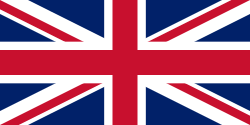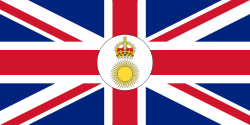National flag
| Flag | Date | Use | Description |
|---|---|---|---|
 | 1962–Present | Flag of Uganda | Six equal horizontal bands of black (top), yellow, red, black, yellow, and red (bottom); a white disc is superimposed at the centre and depicts the national symbol, a grey crowned crane, facing the hoist side. [1] [2] [3] |




































